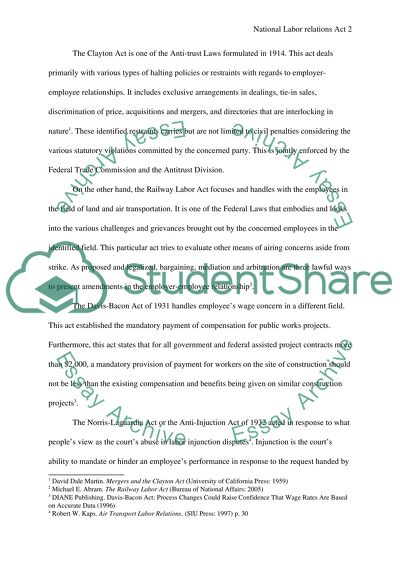Cite this document
(“Business law: The National Labor Relations Act and the Protection Research Paper”, n.d.)
Retrieved from https://studentshare.org/miscellaneous/1572671-business-law-the-national-labor-relations-act-and-the-protection-against-unfair-labor-practices
Retrieved from https://studentshare.org/miscellaneous/1572671-business-law-the-national-labor-relations-act-and-the-protection-against-unfair-labor-practices
(Business Law: The National Labor Relations Act and the Protection Research Paper)
https://studentshare.org/miscellaneous/1572671-business-law-the-national-labor-relations-act-and-the-protection-against-unfair-labor-practices.
https://studentshare.org/miscellaneous/1572671-business-law-the-national-labor-relations-act-and-the-protection-against-unfair-labor-practices.
“Business Law: The National Labor Relations Act and the Protection Research Paper”, n.d. https://studentshare.org/miscellaneous/1572671-business-law-the-national-labor-relations-act-and-the-protection-against-unfair-labor-practices.


